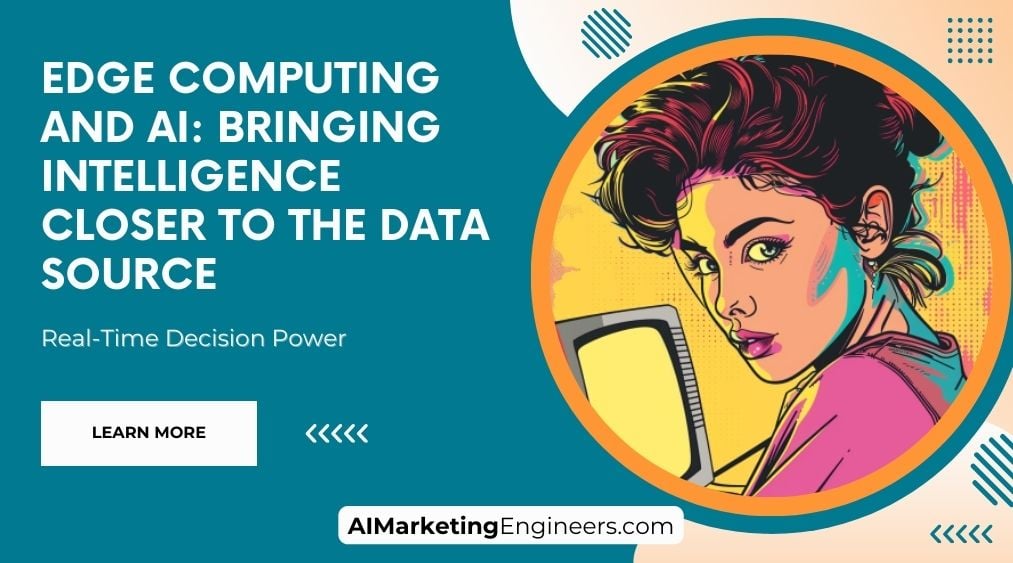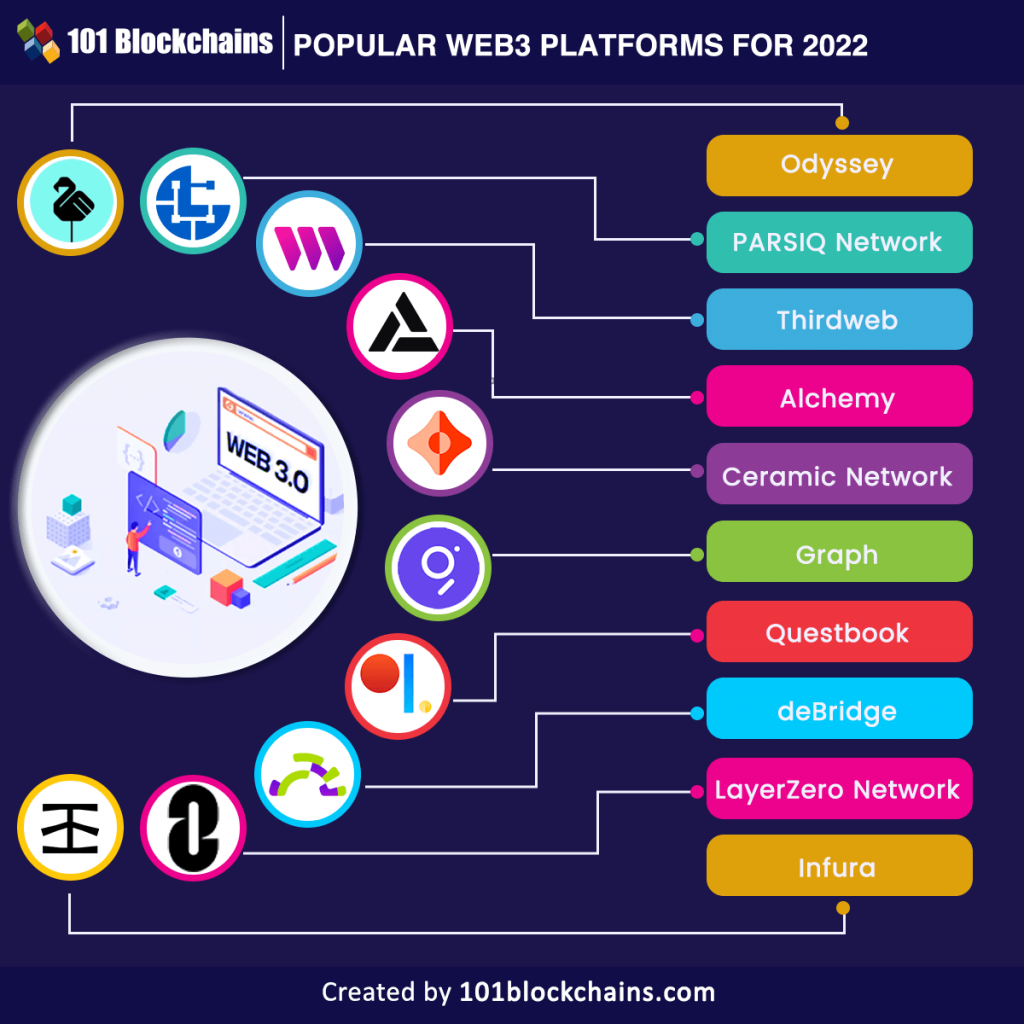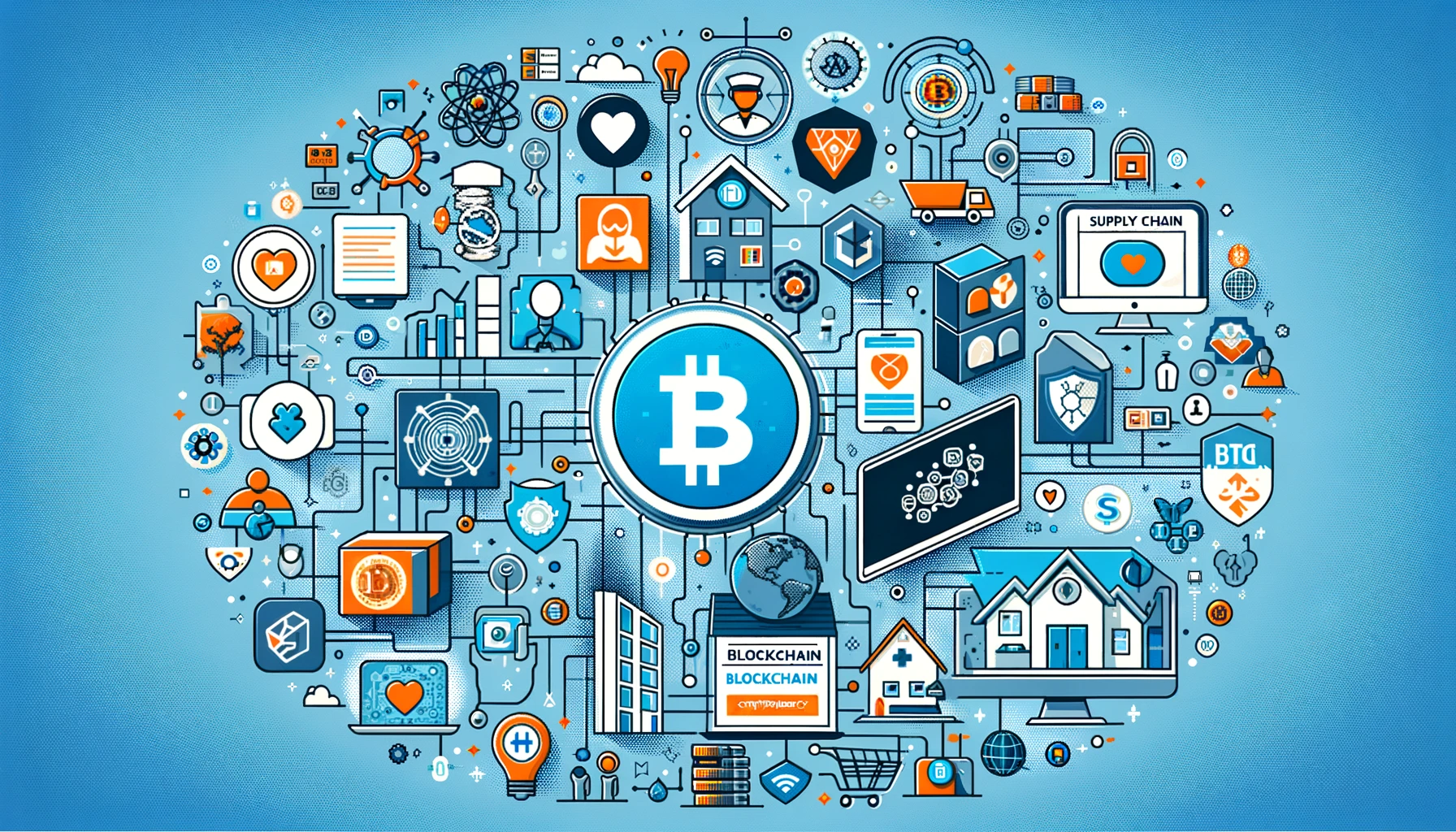
Edge AI: Bringing Intelligence Closer to Data Sources for Real-Time Insights
In a world increasingly driven by data, Artificial Intelligence (AI) has emerged as the brain behind countless innovations, from personalized recommendations to complex medical diagnoses. Traditionally, much of this AI power resided in massive, centralized cloud data centers. Data would travel from devices to the cloud, be processed, and then results would be sent back. While powerful, this "cloud-first" approach has its limitations, especially when it comes to speed, privacy, and connectivity.
Enter Edge AI. Imagine giving your smart devices, sensors, and machines a mini-brain of their own, allowing them to make smart decisions right where the action happens, without needing to constantly talk to a faraway central server. That, in essence, is Edge AI: bringing the intelligence closer to the data sources.
What Exactly is Edge AI? (The Basics)
At its simplest, Edge AI refers to the deployment of AI algorithms directly on "edge devices" – physical devices like cameras, robots, smart sensors, smartphones, or industrial machines – rather than solely relying on a remote cloud server.
Think of it this way:
- Cloud AI is like a central supercomputer in a faraway city that all your devices send their questions to, and then wait for an answer.
- Edge AI is like giving each device a smaller, specialized brain that can answer many questions instantly and locally, only sending the really tough ones (or summary data) back to the supercomputer.
These "edge devices" can range from tiny, low-power sensors to powerful industrial computers or even autonomous vehicles. The key is that the AI processing happens at the edge of the network, closer to where the data is actually generated.
Edge AI vs. Cloud AI: A Quick Comparison
To understand why Edge AI is so revolutionary, let’s look at how it differs from its cloud-based counterpart:
| Feature | Cloud AI | Edge AI |
|---|---|---|
| Brain Location | Centralized data centers (far away) | On-device or nearby gateway (close to data) |
| Speed/Latency | Can be slower due to data travel time | Near-instantaneous decisions |
| Data Travel | All data travels to the cloud and back | Minimal data travels; processed locally |
| Connectivity | Requires constant, reliable internet connection | Can operate offline or with intermittent connection |
| Privacy/Security | Data leaves the device, potential for interception | Data often stays on the device, enhancing privacy |
| Bandwidth Use | High, as all raw data is transferred | Low, as only insights or anomalies are sent |
| Cost | Ongoing cloud computing and data transfer fees | Initial hardware investment, lower operational data costs |
Why Do We Need Edge AI? The Driving Forces
The surge in interest and adoption of Edge AI isn’t just a tech trend; it’s a necessity driven by the limitations of traditional cloud computing in an increasingly connected world.
-
Instant Decisions (Lower Latency):
- The Problem: For applications like self-driving cars, industrial robots, or security systems, a delay of even a few milliseconds can have severe consequences. Sending data to the cloud, processing it, and receiving a response takes time (latency).
- The Edge AI Solution: By processing data locally, decisions can be made in real-time, enabling immediate reactions crucial for safety and efficiency. A self-driving car can detect a sudden obstacle and brake instantly.
-
Bandwidth Bottlenecks & Data Deluge:
- The Problem: The sheer volume of data generated by billions of IoT devices (cameras, sensors, smart meters) is astronomical. Sending all this raw data to the cloud is incredibly expensive, consumes massive bandwidth, and can overwhelm networks.
- The Edge AI Solution: Edge devices can analyze raw data locally and only send relevant insights, anomalies, or summary information to the cloud. For example, a security camera might only send an alert when it detects an intruder, not constant video streams.
-
Enhanced Data Privacy & Security:
- The Problem: When sensitive data (e.g., medical records, personal faces, proprietary factory data) travels to the cloud, it becomes more vulnerable to breaches and raises privacy concerns.
- The Edge AI Solution: Edge AI allows sensitive data to be processed and analyzed on the device itself, reducing or eliminating the need to transfer it to external servers. This keeps private information more secure and helps comply with data protection regulations.
-
Reliability & Offline Operation:
- The Problem: Cloud-dependent systems fail if the internet connection is lost or unreliable.
- The Edge AI Solution: Edge AI enables devices to function autonomously even without constant connectivity. This is vital for remote locations, critical infrastructure, or scenarios where network outages cannot be tolerated. Imagine a smart farm monitoring crops in an area with poor internet.
-
Cost Efficiency:
- The Problem: Constantly sending and processing vast amounts of data in the cloud incurs significant ongoing costs for bandwidth and cloud computing resources.
- The Edge AI Solution: By performing more processing locally, Edge AI significantly reduces the amount of data that needs to be transferred and stored in the cloud, leading to substantial cost savings over time.
How Does Edge AI Work? (Simplified)
While the implementation can be complex, the core idea is straightforward:
-
Training in the Cloud, Inference at the Edge:
- Most complex AI models (like those for recognizing objects or speech) are still trained in powerful cloud data centers using massive datasets. This training phase requires immense computational power.
- Once trained, the "learned" model (the intelligence) is then optimized and deployed to the edge device.
- The edge device then performs inference, which means it uses the trained model to make predictions or decisions based on new, incoming data. It’s like teaching a child how to identify cats (training) and then the child independently identifying cats in the real world (inference).
-
Model Optimization:
- Cloud-trained models are often very large. For edge deployment, these models need to be made smaller and more efficient without losing too much accuracy. Techniques like model compression, quantization (reducing the precision of numbers), and pruning (removing unnecessary parts of the model) are used. This field is often called TinyML when applied to very small, low-power devices.
-
Specialized Hardware:
- To run AI models efficiently on limited power and space, many edge devices incorporate specialized hardware accelerators. These can include:
- GPUs (Graphics Processing Units): Originally for graphics, now widely used for parallel AI computations.
- NPUs (Neural Processing Units) or AI Accelerators: Chips specifically designed to speed up AI calculations.
- FPGAs (Field-Programmable Gate Arrays): Customizable chips that can be programmed for specific AI tasks.
- To run AI models efficiently on limited power and space, many edge devices incorporate specialized hardware accelerators. These can include:
Real-World Applications of Edge AI
Edge AI is already transforming industries and creating new possibilities across various sectors:
-
Industrial IoT (IIoT) & Smart Factories:
- Use Case: Predictive maintenance on machinery, quality control, worker safety monitoring.
- Edge AI in Action: Sensors on factory equipment use AI to analyze vibrations or temperature changes locally, predicting equipment failure before it happens, without sending constant streams of raw data to the cloud. Cameras monitor production lines for defects in real-time.
-
Autonomous Vehicles:
- Use Case: Object detection (pedestrians, other cars), lane keeping, navigation.
- Edge AI in Action: Self-driving cars rely heavily on Edge AI. Their onboard computers process sensor data (cameras, LiDAR, radar) instantly to make critical decisions like braking, accelerating, or steering, as there’s no time to send data to the cloud.
-
Smart Cities:
- Use Case: Traffic management, public safety, smart street lighting.
- Edge AI in Action: Smart cameras at intersections can analyze traffic flow locally to optimize signal timing. AI-powered sensors can detect unusual sounds (e.g., gunshots) or analyze crowd density in public spaces while maintaining privacy by processing video frames on the device and only sending alerts.
-
Healthcare:
- Use Case: Remote patient monitoring, medical imaging analysis, smart wearables.
- Edge AI in Action: Wearable devices can monitor vital signs and detect anomalies, alerting users or healthcare providers in real-time. Edge AI can assist in preliminary analysis of X-rays or ultrasounds right at the clinic, speeding up diagnoses and reducing the need to transmit large image files.
-
Retail & Customer Experience:
- Use Case: Inventory management, personalized shopping experiences, loss prevention.
- Edge AI in Action: Smart shelves can use Edge AI to detect when products are running low. Cameras can analyze customer movement patterns in a store to optimize layouts, or identify shoplifting attempts in real-time without sending all video footage to the cloud.
-
Agriculture (Smart Farming):
- Use Case: Crop monitoring, livestock tracking, precision irrigation.
- Edge AI in Action: Drones equipped with AI can analyze crop health from images captured on the field, identifying diseases or nutrient deficiencies. Smart irrigation systems can use local sensor data to determine exact water needs for specific areas, optimizing water usage.
The Benefits of Embracing Edge AI
In summary, the widespread adoption of Edge AI brings a multitude of advantages:
- Instant Decisions: Critical for time-sensitive applications.
- Reduced Bandwidth Needs: Saves costs and prevents network congestion.
- Enhanced Data Privacy: Keeps sensitive information on the device.
- Improved Reliability: Systems can function even without constant internet.
- Lower Operational Costs: Less reliance on expensive cloud data transfer and processing.
- Greater Scalability: Easier to deploy AI across a vast number of devices.
- New Capabilities: Enables applications previously impossible due to latency or connectivity issues.
Challenges and Considerations for Edge AI
While promising, Edge AI is not without its hurdles:
- Hardware Limitations: Edge devices have limited processing power, memory, and battery life compared to cloud servers. AI models must be highly optimized.
- Model Optimization & Deployment: Shrinking complex AI models to fit on resource-constrained devices while maintaining accuracy is a significant challenge. Managing and updating these models across thousands or millions of devices can be complex.
- Security at the Edge: Protecting edge devices from cyber threats and ensuring the integrity of AI models deployed on them is crucial, as they are often more exposed than cloud servers.
- Connectivity & Management: While Edge AI reduces reliance on constant connectivity, managing and orchestrating a vast network of edge devices still requires robust connectivity for updates, monitoring, and data synchronization with the cloud.
- Skills Gap: There’s a growing need for engineers and data scientists skilled in developing, optimizing, and deploying AI specifically for edge environments.
The Future of Edge AI: A Glimpse Ahead
The trajectory for Edge AI is one of rapid growth and increasing sophistication. We can expect:
- More Powerful Edge Devices: Advances in specialized AI chips (like NPUs) will enable more complex AI models to run efficiently on even smaller devices.
- TinyML Advancements: The ability to run AI on microcontrollers with extremely limited power will unlock new possibilities for ubiquitous sensing and intelligence.
- Edge-Cloud Continuum: The future isn’t just Edge or Cloud AI, but a seamless integration where tasks are intelligently distributed between the edge, local gateways, and the cloud based on real-time needs, latency requirements, and data sensitivity.
- Federated Learning: A technique where AI models are trained on data from multiple edge devices without the raw data ever leaving the devices, enhancing privacy.
- New Use Cases: As the technology matures, Edge AI will power innovations in areas we can barely imagine today, from hyper-personalized consumer experiences to advanced robotics.
Conclusion
Edge AI represents a fundamental shift in how we think about and deploy artificial intelligence. By bringing the power of AI closer to where data is generated, it addresses critical challenges related to speed, bandwidth, privacy, and reliability. From self-driving cars making split-second decisions to smart factories optimizing production on the fly, Edge AI is not just an evolution; it’s a revolution that will unlock unprecedented levels of automation, efficiency, and intelligence across every aspect of our connected world. As devices become smarter and more interconnected, Edge AI will be the silent force enabling a truly intelligent and responsive future.



Post Comment